Economy Trends in Croatia
Croatian economy bases itself on service provision with the tertiary sector contributing 70% of total GDP.
After the decline of socialism, Croatia underwent a transition process to a market-based economy in the 1990s.
The economy of Croatia, however, was greatly affected by its war of independence. Nevertheless, Croatia’s economy started to improve annually by 5% after the war before the 2007 to 2008 economic crisis hit.
So, to increase the speed of economic growth, Croatia became a member of World Trade Organization in 2000. Then, joined NATO in 2009, and the European Union in 2013.
To begin with, it is important to understand the economic trends of Croatia starting with its history when planning to live in this country.
History of Croatian Economy
The Kingdom of Croatia had a high population ratio working in agriculture during the 19th century.
Many industrial sectors that depended on wood and forestry such as shipbuilding, lumbering mills, stave fabrication, and potash production developed in that time.
Shipbuilding played a major role in the 1850s when sailing boats were useful to the Austrian Empire. Vukovar and Sisak were the main centers for the river-shipbuilding.
Slavonia was known for its silk production, and agriculture and cattle breeding were the most thriving occupations for the residents. Croatia produced all types of corn, flax, hemp, and large amounts of licorices.
The journey towards industrialization in Croatia started in the 1830s with the construction of large industrial enterprises beginning in the following decades.
Industrialization rose gradually in the second half of the 19th century and early half of 20th century, strengthened by electric power production and railway construction.
Eventually, Croatia became the second most developed nation in the region with its GDP per capita being 25% higher than the Yugoslavian average.
Towards the middle of 1960s, Yugoslavia removed the restrictions on emigration leading to the rapid increase of the number of emigrants, and by 1990, foreign funds contributed to approximately $2 billion yearly to the Croatia economy as a result of many Croats employed abroad.
Eventually, Croatia became the second most developed nation in the region with its GDP per capita being 25% higher than the Yugoslavian average.
Towards the middle of 1960s, Yugoslavia removed the restrictions on emigration. This led to a rapid increase in the number of emigrants.
By 1990, foreign funds contributed to approximately $2 billion yearly to the Croatia economy as a result of many Croats employed abroad.
Croatia’s Economy Problems
In the early 1990s included high inflation rate. The Croatian dinar started in 1991 as a transitional currency to curb inflation, but inflation instead continued to increase.
Nonetheless, the anti-inflationary stabilization measures in 1993 reduced inflation of retail price from a rate of 38.7% to 1.4% per month, and Croatia experienced deflation by the end of that year.
Croatia introduced kuna in 1994 as its currency. Following this, macro-stabilization programs were initiated stopping the negative Croatia GDP growth. However, at the start of 2023 the country adopted the euro.
Private sector investments and consumer spending which were postponed during the war led to the growth from 1995 to 1997. This also made Croatia introduce a value-added tax to its economy in early 1998. That year, the central government financial plan was in surplus and it used this to repay external debt.
At the end of 1998, government debt to GDP had dropped from 27.40% to 26.30%. In 1999, the GDP share of the private sector reached 60% though it was still lower than in other related countries.
After undergoing many fiscal changes and improvement strategies, the economy in Croatia began to grow steadily during 2015 and continued in 2016 where the growth reached 3.5%.
Due to consecutive months of Croatia’s economy growth, labor demand, and the outflows of its citizens to other European countries, Croatia registered the biggest drop of unemployment rate from 16.1% to 12.7%.
Currently, Croatia’s economy is rapidly growing and trade is important to the growth.
The value of imports and exports combined amounts to 96% of GDP, and the average rate of applied tariff is 1.3%.
Major Economic Sectors In Croatia
The major contributors to the thriving economy of Croatia include agriculture, tourism, energy, and transport. These can influence your stay in this country as seen below.
Agriculture
Depending on your interests, Croatia has a variety of agricultural activities.
The agricultural sector of Croatia mainly relies on blue water fish export. It experienced a tremendous increase in recent years due to high demand from South Korea and Japan.
Croatia is also a producer of organic foods, and it exports most of it to the European Union. The different types of soil, climate, and relief make the production these products and others possible.
Moreover, Croatian olive oil, lavender, and wines are in high demand. Vineyards cover over 57,000 hectares of land, and the country produced 14 million hectoliters of wine in 2011.
Tourism
Tourism is a major source of income and a leading industry for Croatian economy, and it is a good place to invest in while living in Croatia. It accounts for about 20% of Croatia GDP and is leading in the country’s service sector.
The sector has rapidly grown since the Croatian Independence War. It has recorded an increase in the number of tourists to over ten million tourists annually.
For instance, tourists stay in Croatia for up to 5 days, and most tourists are from Slovenia, the Czech Republic, Austria, and Germany. There are also many domestic tourists who have greatly contributed to Croatia GDP growth. Major tourist destinations include Zagreb and Opatija.
Energy
Energy sources is not a major problem as you plan to live in Croatia.
Production covers 85% of natural gas demand nationwide and 19% oil demand. There are over 380 miles of crude oil pipelines connecting oil terminals in Rijeka Port with the refineries in Sisak and Rijeka.
The system has an annual capacity of 20 million tones. The system of natural gas transportation consists of over 300 structures. These connect the production rigs, natural gas storage, and distribution systems.
Transport
Living in Croatia means you will enjoy a good transport network depending on your area of residence. A network of state roads acts as motorway feeder roads connecting settlement areas in the country. Croatia also has an extensive rail network covering over 1,600 miles, including over 600 miles of electric railways and 160 miles of double track railways. Moreover, Croatia has international airports in Zadar, Zagreb, Rijeka, Dubrovnik, Split, Pula, and Osijek. In Croatia, the busiest passenger seaports are Zadar and Split while the busiest cargo seaport is Rijeka Port.
The history of the expansion of the economy in Croatia indicates that the country is rapidly growing. There are several investment opportunities in its sectors.
Additionally, the government does not discriminate or monitor foreign investments, and thus, Croatia is a good place to invest overseas. Furthermore, the banking sector has remained stable and well capitalized. Although, there is still a problem with the nonperforming loans, but this does not affect organized investors.






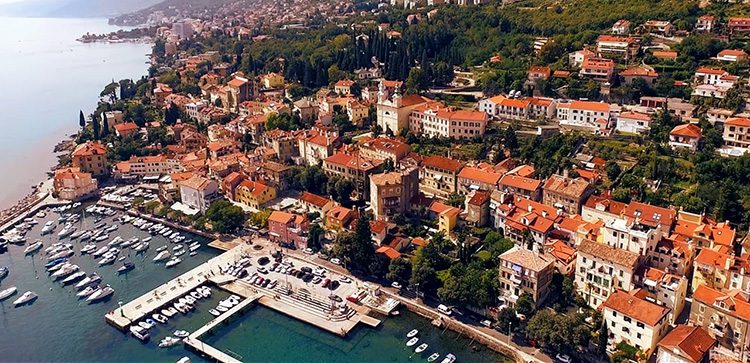

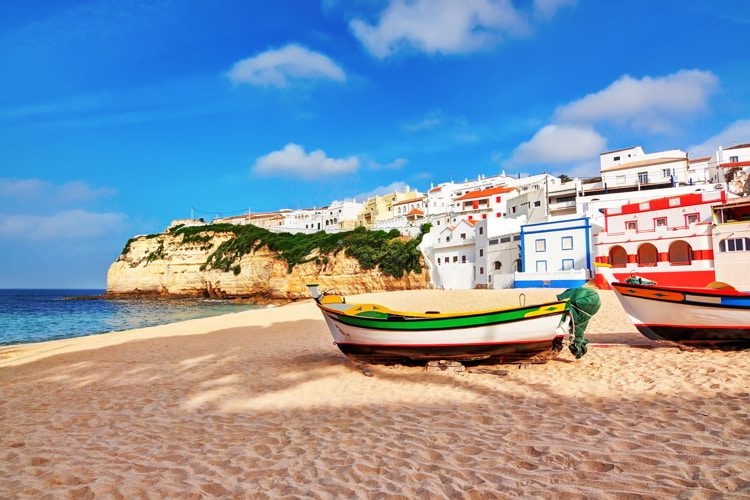 . '
. '
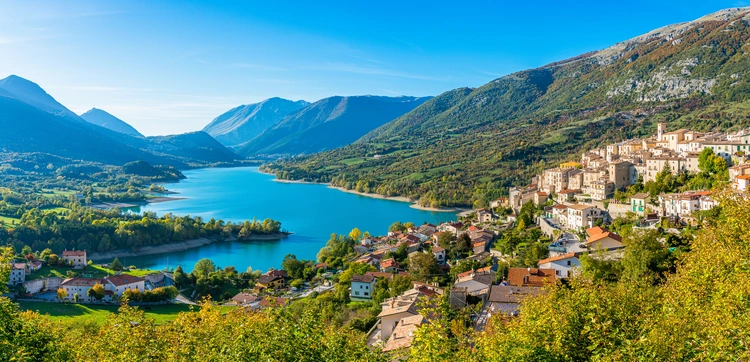 . '
. '
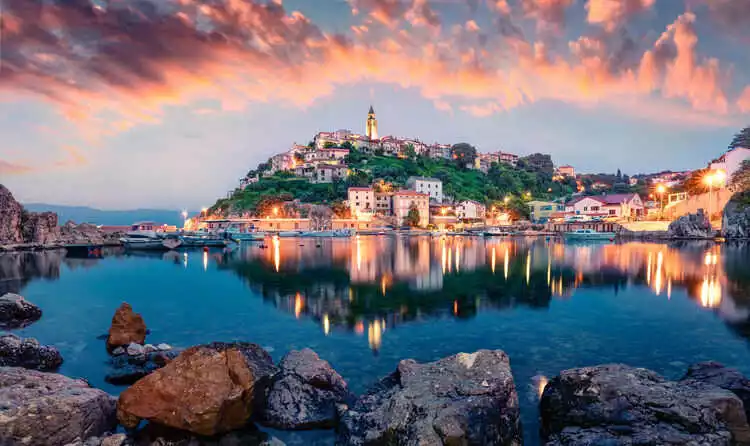 . '
. '
 . '
. '
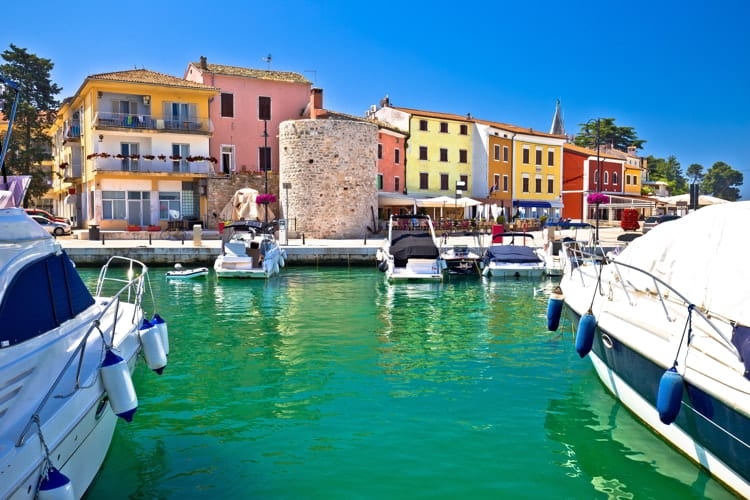 . '
. '








